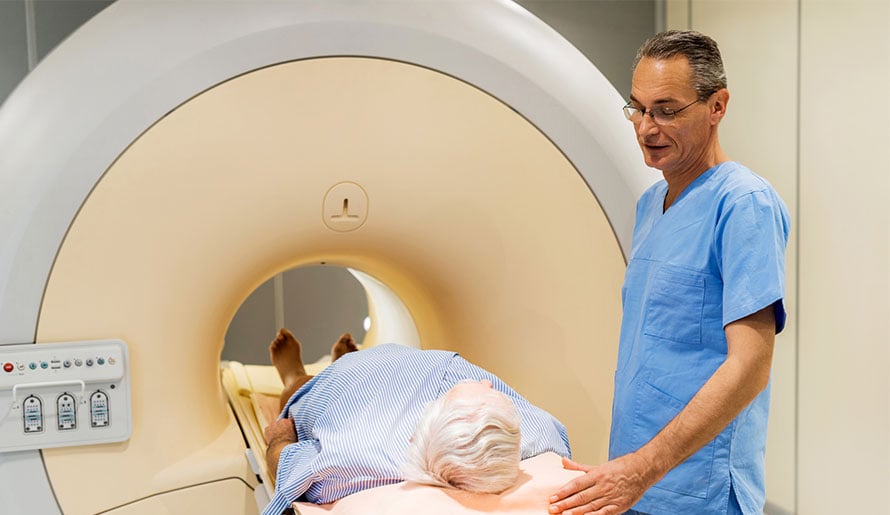Is Prostate Cancer Curable
Prostate cancer is among the most successfully treated types of cancer, especially when it’s detected and treated in the early stages. Based on a definition of “cure” that refers to how long a patient treated for prostate cancer remains disease-free, some physicians may tell individuals they’re cured. Indeed, many men who receive treatment for prostate cancer go on to live their normal lifespan without the cancer ever coming back. And generally, the American Cancer Society’s statistics about positive patient outcomes after prostate cancer treatment are quite favorable.
However, it’s important to remember that statistics about patient outcomes are based on averages. If you’ve been diagnosed with prostate cancer, you’ll want to discuss your prognosis with your physician, who will consider factors that are specific to your health condition to give you the answers you need.
Why is prostate cancer so treatable?
Prostate cancer is a malignancy that occurs in the male reproductive system, specifically in the small, walnut-shaped prostate gland that surrounds the urethra just below the bladder. Generally, this type of cancer grows slowly, and advancements in screening methods have led to an increase in cases of early detection. In fact, according to the American Society of Clinical Oncology, most cases are detected before the cancer spreads to other parts of the body. This makes prostate cancer easier to treat.
One of the most common screening methods involves testing for prostate-specific antigen (PSA) levels in a man’s blood. Antigens are molecules that can stimulate the body’s immune system to produce antibodies. High PSA levels can be a sign of prostate cancer, although there are other prostate conditions that can cause high PSA levels as well.
Another way to screen for prostate cancer is with a digital rectal exam (DRE), a screening that’s routinely performed for men 55 and older. For this exam, the physician inserts a gloved, lubricated finger into the rectum to feel the back part of the prostate gland where cancers often begin. During a DRE, the physician is searching for bumps or hard areas on the prostate that could be signs of cancer.
Prostate cancer screenings are especially important because the disease rarely produces noticeable symptoms in the early stages, when it is most treatable. In some cases, men with early-stage prostate cancer may have an unusually weak urine flow and pain in the prostate area while sitting. Other symptoms include:
- Pain or a burning sensation during urination or ejaculation
- Frequent urination, especially at night
- Difficulty starting or stopping urination
- Blood in the urine or semen
- Sudden erectile dysfunction

How is prostate cancer treated?
The first step toward confirming a prostate cancer diagnosis is often a biopsy, which entails removing a tiny sample of body tissue from the affected area to examine it in a medical laboratory. There are also other types of testing to confirm a prostate cancer diagnosis.
If follow-up tests reveal the presence of prostate cancer, a cancer specialist will consider a number of factors specific to the patient before recommending a treatment plan. There are many treatment options for prostate cancer, including surgery, internal or external radiation therapy and chemotherapy.
Moffitt Cancer Center’s Urologic Oncology Program takes a multispecialty approach to prostate cancer treatment, drawing on the expertise of physicians from specialties such as urology, radiation oncology, uropathology and others. Our prostate cancer specialists work together to develop treatment plans tailored to each patient’s unique health condition.
If you’re concerned about your prostate cancer risk or diagnosis and would like to explore screening or treatment options at Moffitt, call 1-888-663-3488 or complete our new patient registration form online. We take pride in providing every new patient with rapid access to a cancer expert.
